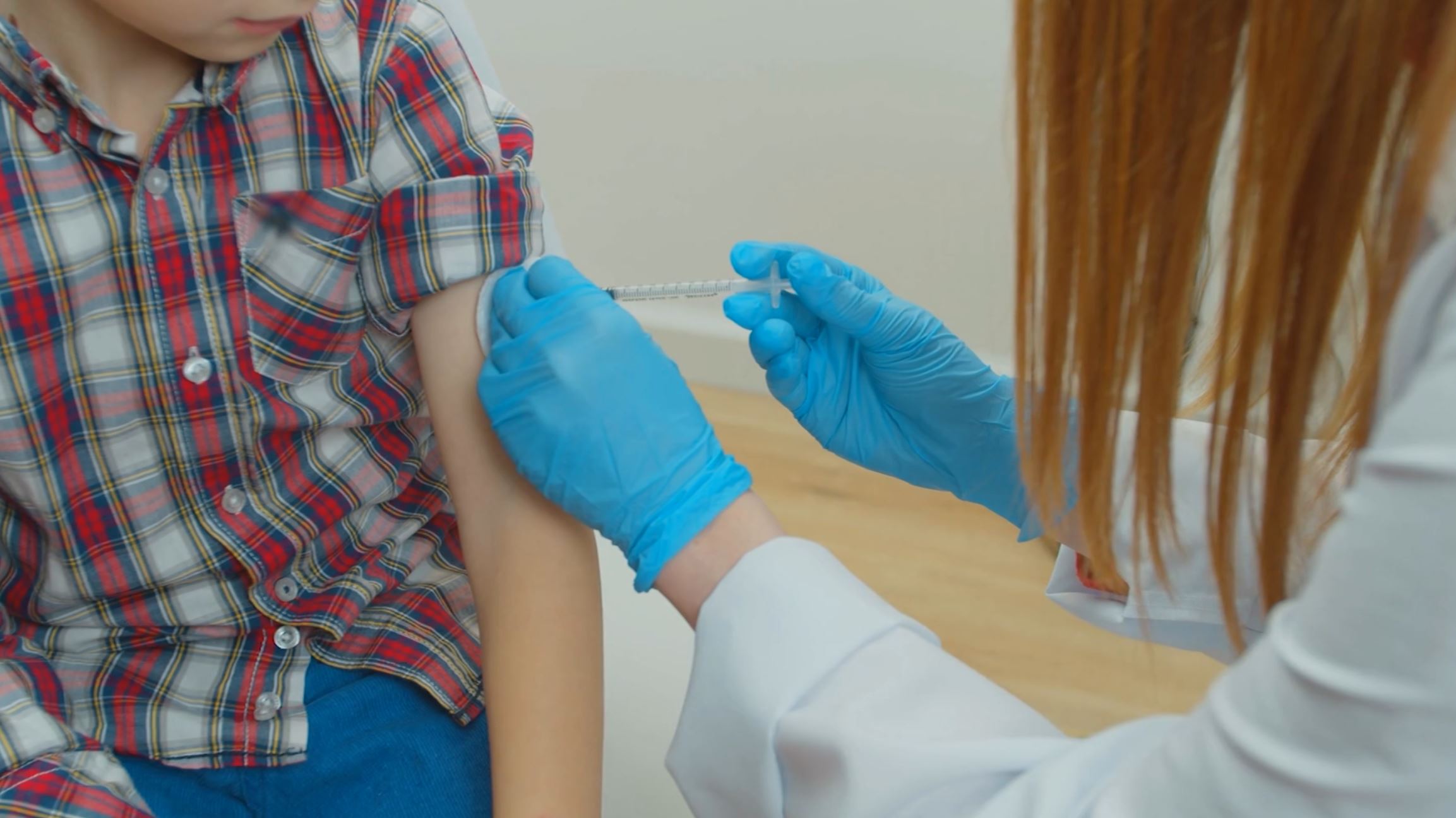
With the onset of summer, sunscreen has become an essential accessory for beach bags. To prevent sunburn and skin cancer, some of these creams contain oxybenzone, a sunscreen that absorbs UV rays and thus protects against the harmful effects of the sun. However, troubling observations have linked the use of this compound to the weakening of coral reefs. This led authorities to ban sunscreens containing oxybenzone, especially in Europe, in the Palau archipelago, in the US Virgin Islands and in some Hawaiian beaches. However, the mechanism by which this compound affects the marine ecosystem has remained unknown. The team, led by William Mitch, a researcher at Stanford University in the US, has discovered how metamorphism of oxybenzone becomes toxic to coral.
In order to understand the effects of oxybenzone, the researchers conducted experiments on sea anemones, because these organisms are related to corals and, like the latter, harbor symbiotic algae. In exchange for shelter, these algae provide essential nutrients to anemones through the process of photosynthesis. This relationship between the host and the symbiont is essential for the maintenance of the entire marine ecosystem.
First, the researchers exposed anemones to oxybenzone and illuminated them with artificial light. Organisms exposed to both the chemical and the light died within seventeen days of treatment. However, anemones that were exposed to sunlight survived without oxybenzone or oxybenzone but without light. So while it should block UV rays, like when we put cream on our skin, oxybenzone becomes toxic to corals in the presence of light energy. In other words, this compound goes from “preventive” to “aggressor”…
These observations led the team to believe that anemones and corals metabolize oxybenzone into a reactive substance that becomes harmful in sunlight. After analyzing anemones tissue, William Mitch and colleagues found that oxybenzone does indeed bind to sugars and accumulate in this way in tissues. These compounds are photo-oxidants, that is, they become oxidizers under the influence of the sun, and therefore are harmful to corals. Specifically, toxins produced in the symbiotic algae rather than in the host cells were isolated.
The researchers then conducted a second series of experiments on anemones that presented or not provided symbiotic algae. Surprisingly, the algae-free anemones died about a week after exposure to oxybenzone and light, compared to seventeen days for those without algae. These algae would thus protect the animals in part by sequestering the phototoxic metabolites of oxybenzone.
But the protective role of algae is reduced due to many climatic factors. Climate change is causing ocean warming and acidification which leads to loss of symbiotic algae, and then coral bleaching and death. In the absence of these algae, corals are therefore more susceptible to anthropogenic pollutants from sunscreens…






